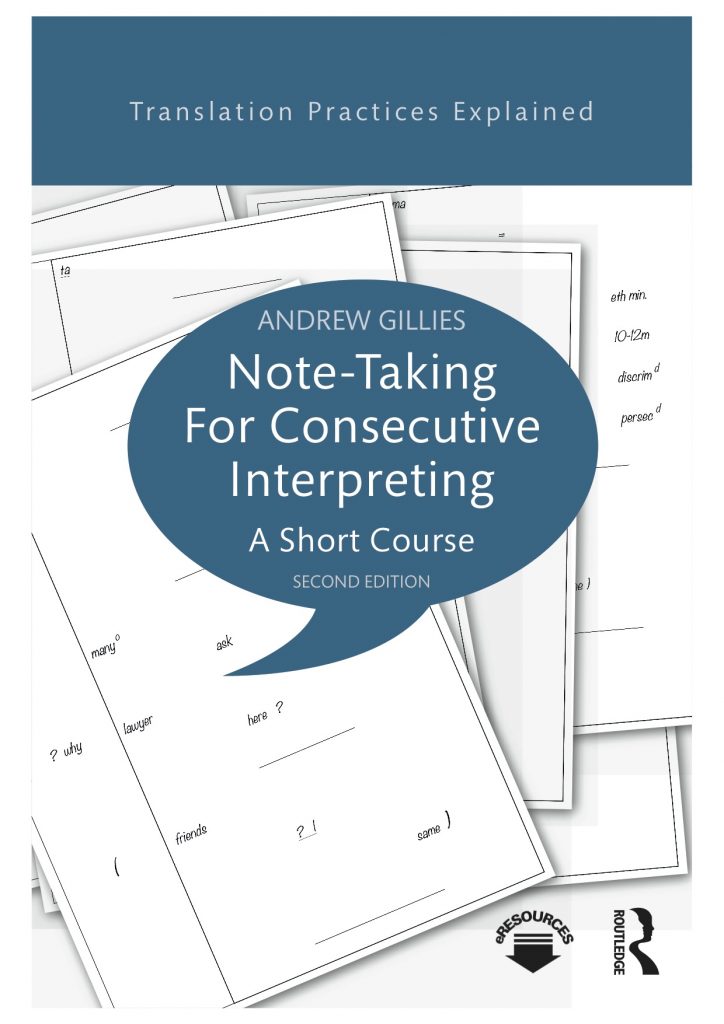The following is taken from Note-taking for Consecutive Interpreting by Andrew Gillies, Routledge Publishing, 2014, and shows the impact that links have within a speech.
Note-taking for Consecutive Interpreting – A Short Course, Andrew Gillies 2017 ISBN 9781138123205
Read a reviews of this book here!

Chapter 4 – Links
Links signal the way the speaker wants the listener to relate what is about to be said to what has been said before (Baker, 1992:190). A speech is all about two things: the ideas and the links between them. Why are links important? Let’s look at some very straightforward examples.
| 1. The economy is struggling. The Central Bank has left interest rates unchanged. |
In this example we have two ideas, represented by two SVO [Subject Verb Object] groups but we have no link between them. The ideas form a list of factual statements perhaps, but with no links between they are tell us very little. But what happens if there are links between the ideas?
| 2. The economy is struggling. However, the Central Bank has left interest rates unchanged. |
We now have a very different message. See how much more these ideas say than Example 1. The links bring the ideas into relation with one another AND in doing so implicitly give us more information about the situation. In this example we are led to believe that the Central Bank had been expected to change interest rates (and basic economics suggests downwards) but that it has not done so. But what if a different type of link had been used?
| 3. The economy is struggling. Consequently, the Central Bank has left interest rates unchanged. |
In Example 3 the situation is the opposite. The Bank, we infer, would normally have raised its rate, for one reason or another, but because of the economic situation it did not (in order not to stifle growth, for example). A speech without links is a meaningless list of ideas.